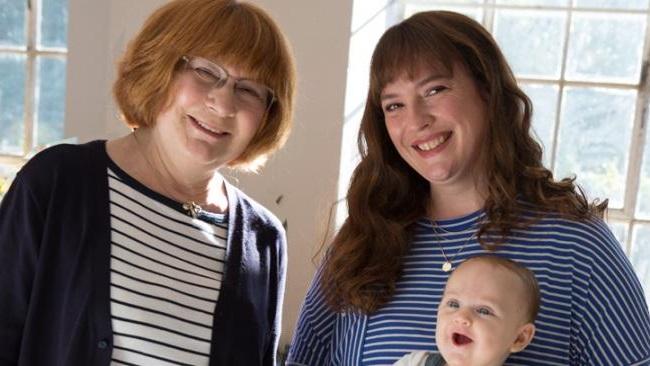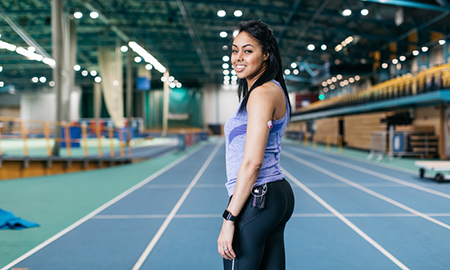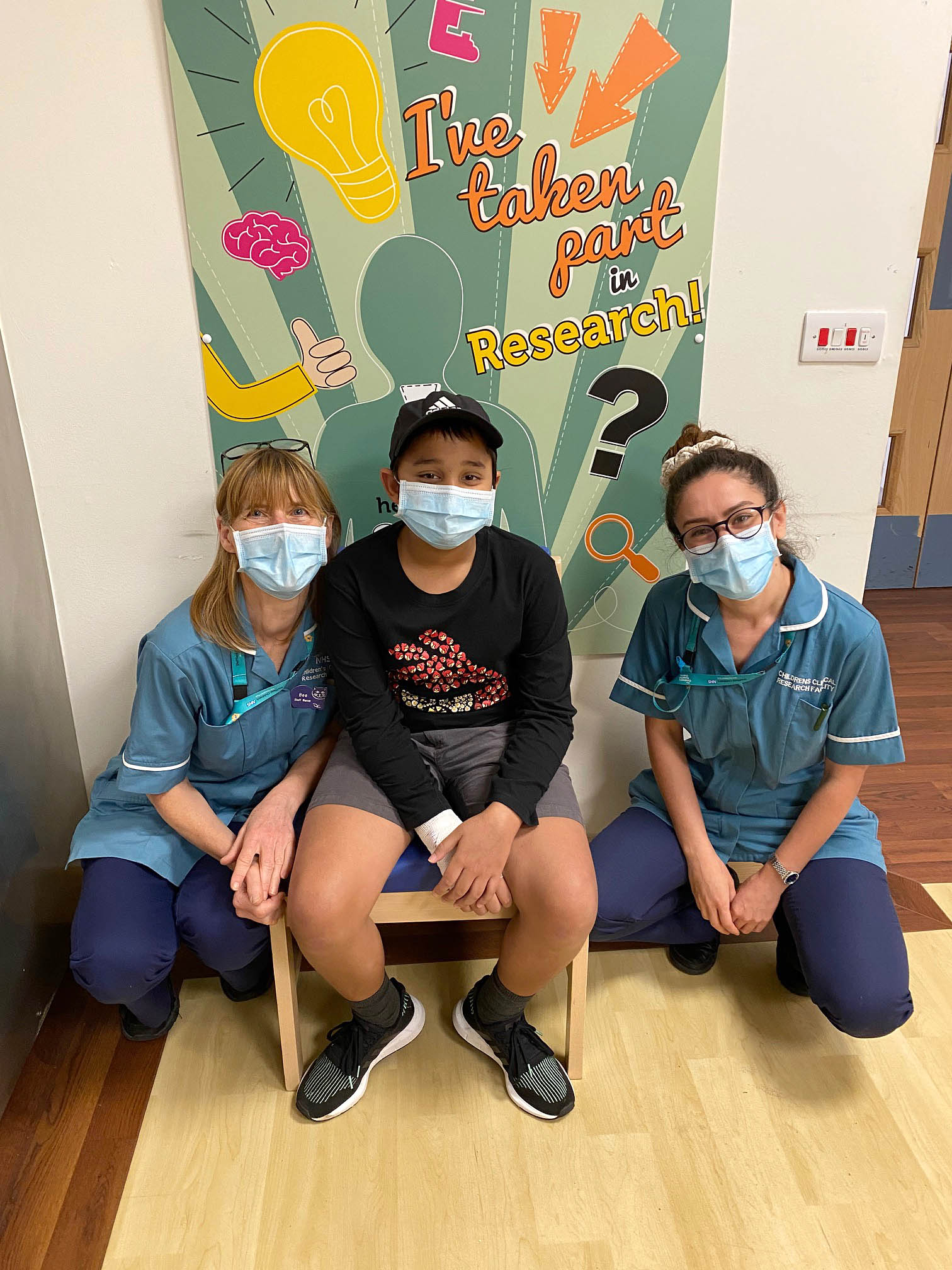
Sandra Tweddell
Diagnosed age 13 in 1961.
Diabetes is not easy, but a continuous glucose monitor has made a big difference.
Sandra Tweddell has lived with diabetes for 57 years and has seen some remarkable changes in treatments and attitudes towards the condition in that time.



